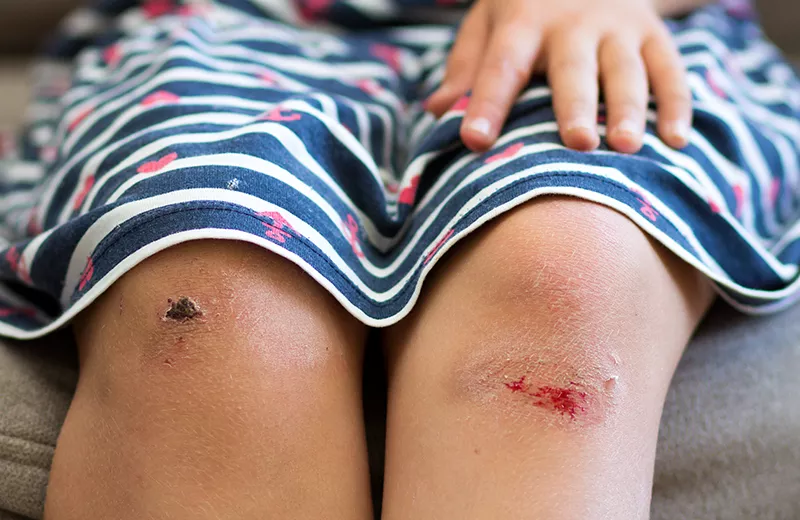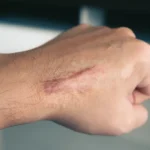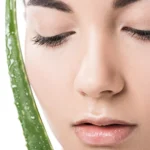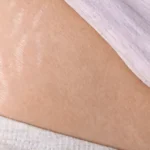Understanding the Healing Properties of Aloe Vera
Aloe vera, an age-old medicinal plant, is renowned for its powerful healing properties. It contains over 75 active components, including vitamins, minerals, enzymes, sugars, anthraquinones or phenolic compounds, lignin, saponins, sterols, and amino acids. Its potent anti-inflammatory, antiseptic, and analgesic properties make it a popular choice for wound healing.
Types of Wounds that Can Benefit from Aloe Vera
Aloe vera can be used to treat various types of wounds. These include:
- Minor burns
- Cuts or abrasions
- Sunburns
- Blistering
- First- and second-degree burns
It’s crucial to note that for deeper or more severe wounds and burns, aloe vera should be used as a complementary treatment under professional medical supervision.
How to Apply Aloe Vera on Wounds
Applying aloe vera on wounds is a simple process. Follow the steps outlined below:
Step 1: Clean the Wound
The first step in treating any wound is to clean it thoroughly. Use warm water and mild soap to cleanse the area and remove dirt or debris. Pat dry with a clean towel.
Step 2: Apply Aloe Vera
You can use aloe vera gel directly from the plant or buy a commercial aloe vera gel product. If using a plant, cut a leaf from the base, slice it open, and squeeze out the gel. Apply a generous layer of the gel on the wound.
Step 3: Cover the Wound
After applying the aloe vera gel, cover the wound with a bandage or gauze to keep it clean and protected. This will also prevent the gel from rubbing off.
Step 4: Repeat the Process
Reapply the aloe vera gel and change the bandage at least once a day. You can continue this process until the wound has completely healed.
Precautions When Using Aloe Vera for Wounds
While aloe vera is generally safe for topical use, it may cause allergic reactions in some people. Always do a patch test on a small area of skin before applying it to a wound. If you notice any signs of an allergic reaction, such as redness, itching, or swelling, discontinue use and seek medical attention.
Moreover, aloe vera should not replace professional medical treatment for severe or infected wounds. If a wound is deep, excessively painful, prone to infection, or slow to heal, it’s essential to seek medical attention promptly.















